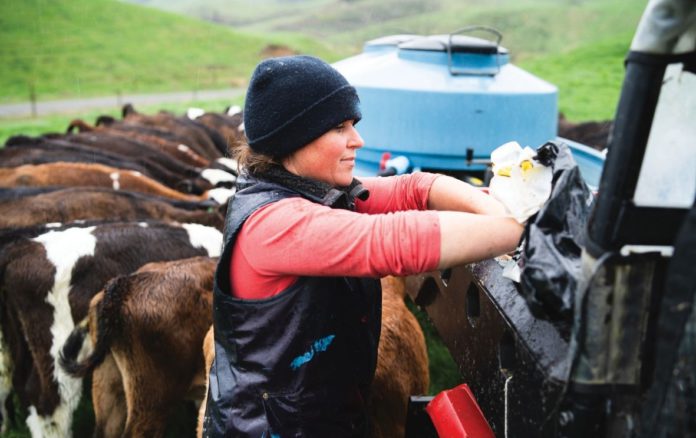According to Emer Kennedy, Teagasc and CalfCare TWG member, colostrum and hygiene are the two key factors that will keep calves healthy for the coming spring.
She shed light on colostrum quality and improved colostrum management in a Teagasc/AHI CalfCare webinar on calf rearing in recent weeks.
Colostrum 123
She highlighted that farmers should remember the ‘colostrum 123’ rule for every calf.
1: 1st milking only as this is colostrum (antibody-rich to kick-start calf’s immune system. Milkings 2-8 are transition milk;
2: Feed within 2 hours of birth – This is when the absorption of antibodies is maximum;
- Feed 3 litres of good quality colostrum – This will ensure calves receive enough antibodies to get their immune system going.
Calving rearing equipment
Kennedy highlighted that to achieve, this clean equipment for collection and feeding is vital.
Teagasc recently surveyed farms that involved sampling feeding equipment including buckets, stomach tubes, teats, bottles, automatic feeders).
According to Kennedy, researchers found that stomach tubes, bottles and teats were the dirtiest items.
“If you do one thing this year, it is to make sure that your feeding implements are cleaned after each use and spotlessly clean, at that,” she said.
Factors impacting quality that Kennedy highlighted:
- Time from calving: She explained that there is a 9-hour window to collect colostrum. After this, quality begins to reduce and does not contain enough antibodies to feed calves for its first feed.
- Lactation number: According to Emer, it is also said that heifer’s colostrum quality is a lot poorer than mature cows. However, she explained that this is often not the case. Many Teagasc-led experiments have found that heifers have “good enough quality colostrum to feed to calves for their first feed”. “The only way you are going to know this is by checking the quality.”
- The month of calving: Studies at Teagasc Moorepark have found that colostrum quality of later calving cows – April and May-calvers – tends to be lower than cows that calf earlier in the season. “One thing you can do is when you are a peak calving, and there is excess colostrum, you can take it and store it in the fridge or freezer.”
- The volume produced: According to Kennedy, cows that produce a higher volume tend to have poorer quality colostrum. “Again, we are not going to know if we do not test it,” she advised.
Testing colostrum with a refractometer
To test quality, she advised farmers to invest in a refractometer, which they can purchase for less than €50 online or through some co-ops.
Explaining the process, step-by-step, she said: “To use, take a few drops of colostrum, place it on the refractometer. Then, look through the eyepiece, and then you will see a scale. The refractometer you want goes from 0-30.”
“What you are looking for through the eyepiece is how far white or the lighter colour comes up. We want a value of 22% or greater, meaning there are enough antibodies in that to feed to calves for their first feed.”
“If it below this, do not feed as the first feed. You can keep and potentially keep it as a second feed,” she concluded.
Other articles:





